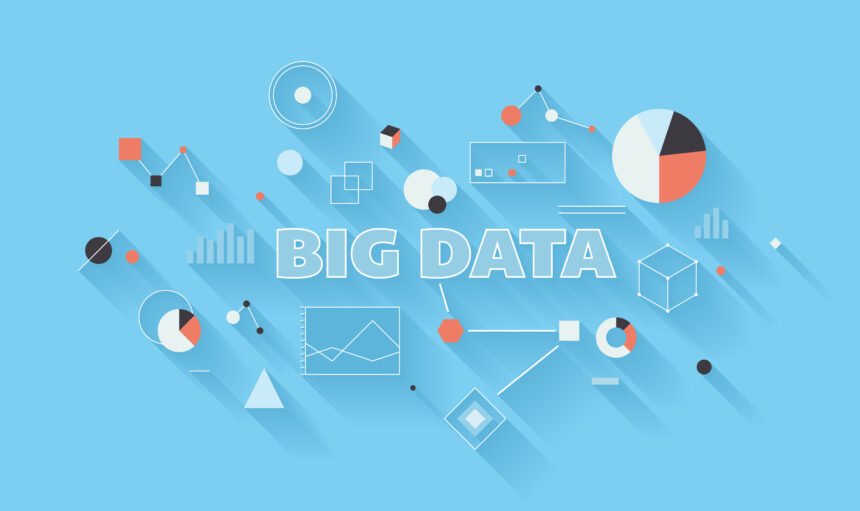It is no secret that email technology has then significantly shaped by new developments with big data. We have talked extensively about the benefits of using big data in the field of email marketing. However, there are plenty of other novel data technology applications that email providers are rolling out.
Over the last few years, we have already seen a number of massive, data-driven changes in email technology. Here are some of the most significant ways that email clients are using big data to help their customers.
Providing easily digestible summaries of email contents
The number of email messages sent out every day continues to increase. Experts estimate that over 306 billion emails were sent every day during 2020. That figure is expected to increase by 20% by 2024.
While these figures underscore the incredible convenience of email communications, they also show that email is starting to consume our lives. Many people complain that they can barely keep up with all of the emails they receive every day. Spam is certainly a problem, but even legitimate emails cause their inboxes to overflow. Some emails are incredibly lengthy, which can make it difficult to efficiently absorb their contents and parse out the important tidbits.
Fortunately, email clients are unveiling new data driven solutions to help mitigate this problem. A research project from Israel is helping solve the problem of overwhelming email messages by using big data algorithms to sort through email content more effectively.
Mark Last, a professor with Ben Gurion University worked with his colleagues to develop some big data algorithms to summarize text more efficiently. Last said that there are a couple of benefits of this approach. The best email client providers are going to use this technology to make things more convenient for their customers.
First of all, users can receive quick, one sentence summaries of the contents of an email message before opening it. This can help people sort through their inbox more quickly and prioritize emails based on relevance.
Last also points out that users Ken use this technology to get 150-word summaries of larger emails. This spares them from having to read through bulky emails with lots of fluff.
Improve email security considerably
Email security is a major concern for almost every entity in the world. A massive number of cyberattacks are coordinated over email servers. The FBI reports that almost $1.2 billion worth of losses are attributed to malware and cyberattacks coordinated through emails in 2018.
The good news is that a new generation of artificial intelligence algorithms are helping to protect against these threats. Predictive analytics models design to fight email-related cyberattacks have evolved considerably. The first generation of machine learning algorithms designed to fight these types of attacks mostly relied on identifying known threats. More recent algorithms are able to identify novel email attacks by identifying commonalities between them and earlier forms of malware and email scams.
Machine learning technology will become even more effective at fighting phishing and malware attacks conducted through email. This should significantly reduce the threat of this complex form of crime, at least in relation to the number of criminals that are using machine learning themselves.
Assisting with internal contact list management
As people become more dependent on email technology to communicate with their friends and colleagues, the number of contacts in their email lists will continue to grow. This can lead to a variety of complications for people. They may struggle to keep track of different people in their contact lists, which may lead them to forget how the relationship was originally formed. They may also lose track of certain contacts altogether, even though their email addresses and names are still stored in the database.
Big data technology can make managing these contact lists much easier. They can create sub lists to streamline organization. They can also rely on new AI technology to help recommend new sorting options if appropriate.
Big data is improving the services offered by email clients
Big data is very useful for email clients. They use this technology to solve a number of problems, including contact management and cyber-threat prevention. Everybody that uses email will benefit from new developments in big data technology.

